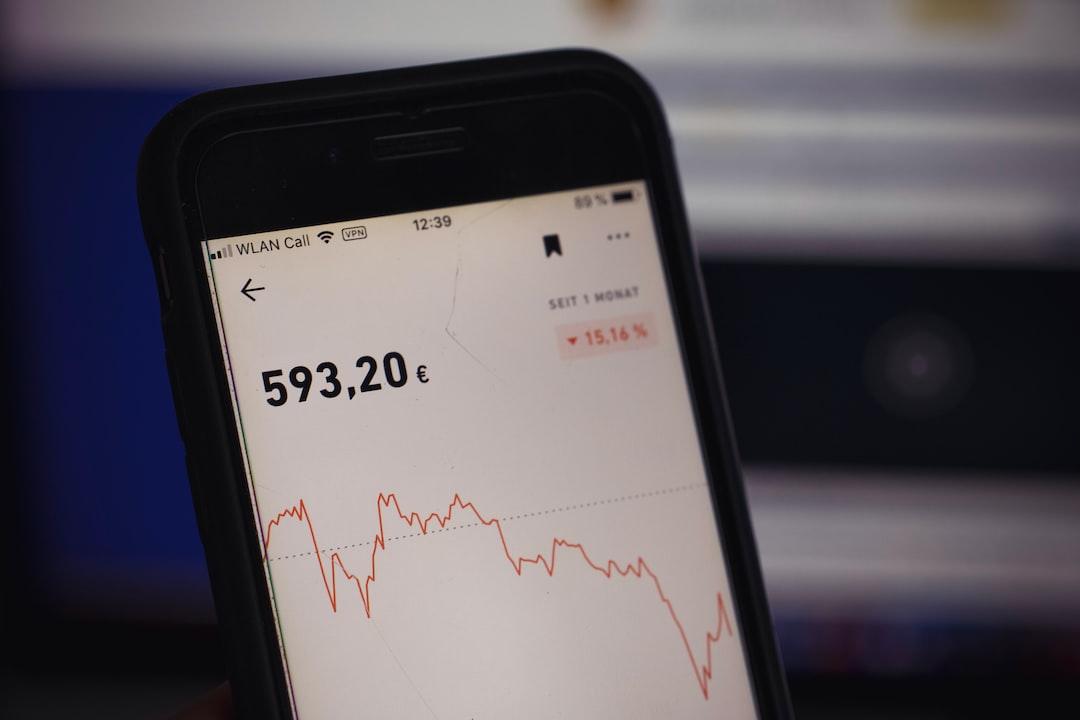Bitcoin miners in the United States have spent a staggering $2.7 billion on electricity in the first few months of 2024, according to Paul Hoffman, an analyst at Best Brokers. He revealed that Bitcoin mining in the country has consumed a massive 20,822.62 GWh of electric power since the start of the year. Based on the average commercial electricity rate of $0.1281 per kWh as of February, this translates to an expenditure of $2,667,378,196.47.
Hoffman further explained the magnitude of this energy consumption, stating that the amount of energy used could charge every electric vehicle in the U.S. 87.52 times or power 1,983,107 households for a year. This accounts for 1.51% of all U.S. households.
On a global scale, 116,550 Bitcoin (BTC), equivalent to $8.2 billion, has been mined so far this year, with U.S. miners contributing 44,102 BTC or 37.84% of the total global production. Prior to the halving event in April, it took 407,059.01 kilowatt-hours (kWh) of power to mine 1 BTC, costing approximately $52,144.26. However, since then, the power required has increased to 862,635.55 kWh, costing around $110,503.61 at average commercial rates.
Despite the high energy usage, Bitcoin mining stands as the only primary global industry that is predominantly powered by sustainable energy. The Bitcoin ESG Forecast reported that sustainable energy usage in Bitcoin mining reached a new all-time high of 54.5% in January, with an overall increase of 3.6% throughout 2023.
Following the ban on mining in China and the effective prohibition in Kazakhstan, miners have predominantly shifted to greener grids in North America or sustainable off-grid locations. Approximately 19.5 million Bitcoin has been mined out of the total supply of 21 million.
Historical data from the Cambridge Bitcoin Electricity Consumption Index reveals the annualized electricity consumption of Bitcoin mining. Additionally, public Bitcoin miners have secured $2 billion in financing ahead of the halving event.


